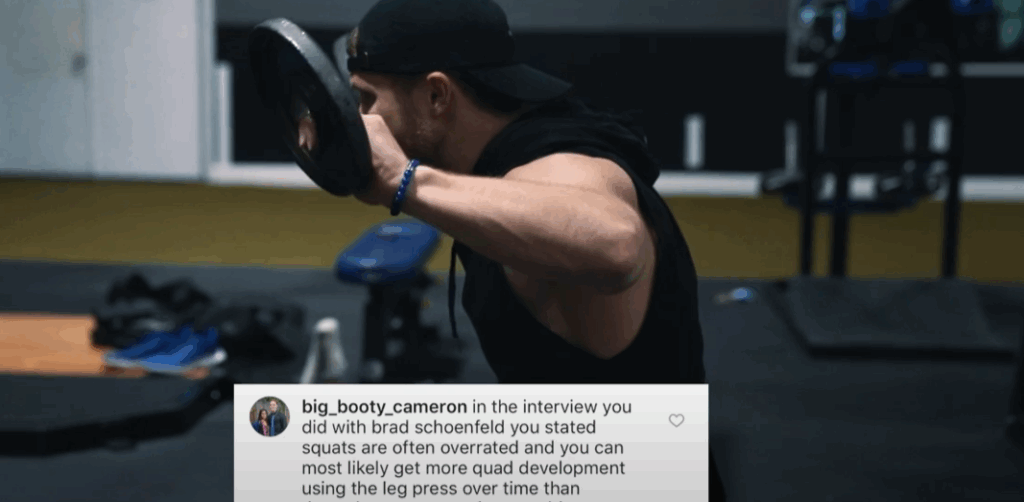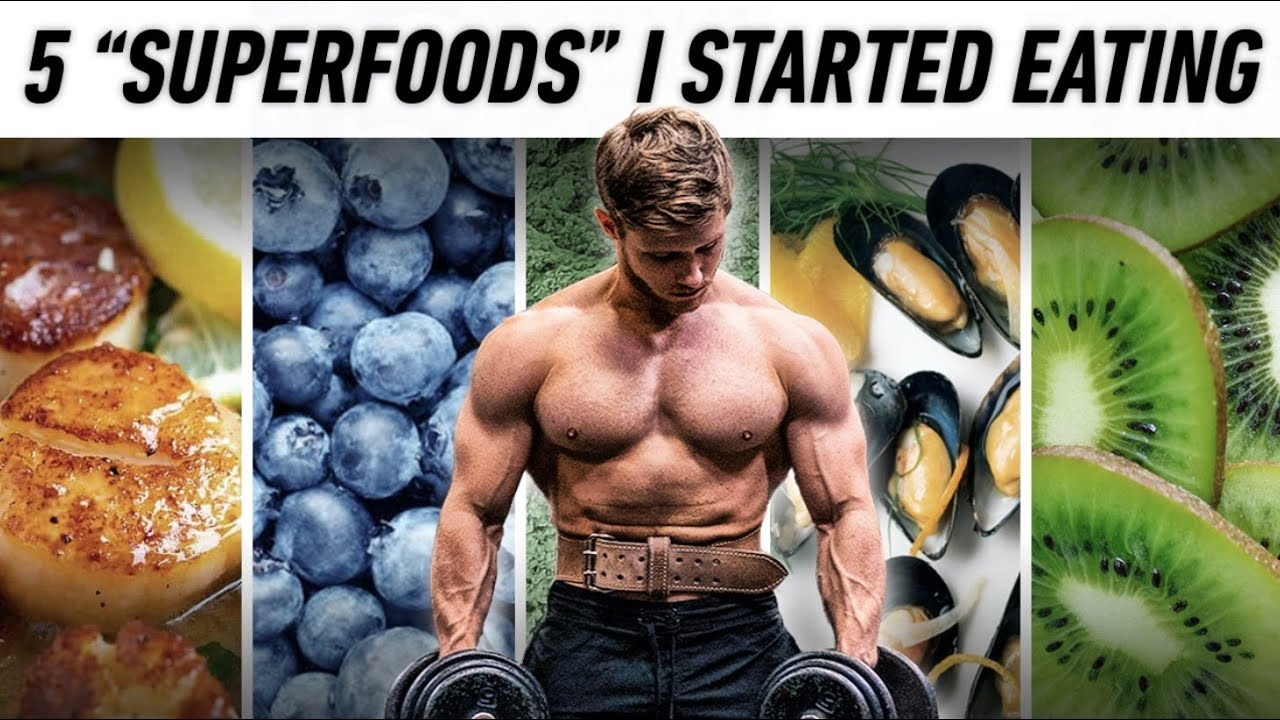s a bodybuilding coach with over two decades of experience, I get countless questions about training splits, nutrition, and muscle-building strategies. Today, I’m breaking down some of the most frequently asked topics—debunking common myths and providing evidence-based advice you can start applying immediately.
1. Squats vs. Leg Press: Which Is Better for Quad Growth?
A popular debate among lifters is whether squats are superior to leg presses for building bigger quads. Here’s the reality:
- Squats engage multiple muscle groups, including the spinal erectors, glutes, and core, making them an excellent overall muscle-building and strength exercise.
- Leg Presses can be a great alternative for those with lower back issues or mobility restrictions since they allow heavy quad loading without significant spinal stress.
If you can squat safely and with proper form, squats should remain a staple because they recruit more stabilizing muscles and generally produce greater systemic fatigue, which is beneficial for hypertrophy. However, for individuals with injuries or structural limitations, combining the leg press with glute and lower back exercises (such as hip thrusts or back extensions) can yield excellent results.
2. Marijuana, Smoking, and Muscle Building
Questions about lifestyle habits often come up, especially regarding marijuana or cigarettes. While research on cannabis and hypertrophy is limited, cigarette smoking is unquestionably harmful to recovery, cardiovascular health, and overall performance.
As for marijuana, some lifters report no noticeable negative impact on muscle gain, but chronic use may affect motivation, sleep quality, and recovery. The bottom line? If muscle growth is your priority, focus on healthy habits that support consistent training and quality rest.

3. Should Women Train Differently Than Men?
Women often ask whether their training programs should be periodized differently due to muscle fiber composition.
Muscle Fiber Considerations
- Women tend to have a slightly higher proportion of type I (slow-twitch) fibers after consistent training, making them more fatigue-resistant and able to handle higher training volumes, especially in the lower body.
- Despite this, both men and women should prioritize the 6–12 rep range for most hypertrophy work, with occasional low-rep strength work (1–6 reps) and higher-rep endurance training (12–20 reps).
Volume and Periodization
Because women typically recover faster between sets and sessions, they may benefit from slightly higher weekly volume or shorter rest periods. Periodization—progressively changing training variables over time—is effective for everyone, regardless of gender.
4. Can You Increase Wrist Size?
Many lifters are self-conscious about thin wrists, but here’s the truth:
- Bone Structure Is Fixed. You can’t change your wrist circumference significantly because bone size is genetically determined.
- Illusion Through Forearm Development. Building thick, muscular forearms can make wrists look proportionally smaller, enhancing aesthetics.
If you have small wrists, embrace them—thicker forearms create a dramatic visual contrast, making your arms appear bigger overall.
5. Three-Day Training Splits: Are They Effective?
Training only three times per week can still build impressive muscle if structured properly.
Best Approaches
- Full-Body Split: Hitting each muscle group three times weekly maximizes training frequency, which is great for beginners and intermediates.
- Upper/Lower Hybrid: An upper-body day, a lower-body day, and a full-body day each week work well for those who prefer more variety.
Instead of dedicating entire sessions to “light,” “medium,” and “heavy” days, incorporate a mix of rep ranges within each workout. For example, train squats heavy early in the week, perform moderate-rep bench press later, and reserve isolation work for higher reps.
6. Do Shorter People Need Fewer Calories to Gain Muscle?
Height can influence basal metabolic rate, but it doesn’t always dictate total caloric needs.
- Taller individuals generally burn more at rest due to larger muscle mass.
- Shorter individuals often have highly variable metabolisms; some can burn through calories quickly because of subconscious movement (non-exercise activity thermogenesis, or NEAT).
Instead of comparing calorie intakes, track your own body weight trends. Adjust calories based on progress rather than trying to copy someone else’s diet.

7. Body Recomposition: Losing Fat While Building Muscle
For beginners, body recomposition—gaining muscle while losing fat—is relatively straightforward. Train with progressive overload, eat sufficient protein, and maintain a slight calorie deficit.
For Intermediates and Advanced Lifters
The process becomes more challenging. Focus on:
- Consistent Tracking: Monitor strength progress and body measurements.
- Optimized Protein Intake: Distribute protein across 4–6 meals daily for better muscle protein synthesis.
- Sleep and Stress Management: Poor recovery will sabotage recomp efforts.
While results slow as you advance, it’s still possible with meticulous attention to training and recovery.
8. Push-Pull-Legs vs. Upper-Lower Split
Both training splits are effective, but the best choice depends on your schedule and recovery ability.
Upper/Lower Split
- Great for higher frequency (up to 6 days per week).
- Ideal for lifters who recover quickly and enjoy hitting each muscle group three times weekly.
Push-Pull-Legs
- Perfect for 4–5 sessions per week.
- Provides slightly more volume per session but lower weekly frequency.
Rotating between these two splits every few months can keep training fresh and prevent plateaus.
9. Tips for Hard Gainers Struggling to Eat Enough
If you struggle to gain weight despite lifting consistently, you’re likely underestimating calorie needs.
Strategies to Increase Calories
- Liquid Calories: Blend smoothies with oats, peanut butter, and whey protein.
- Energy-Dense Foods: Add olive oil, nuts, and avocados to meals.
- Less Filling Carbs: White rice and pasta are easier to eat in large amounts than fibrous veggies.
Be patient—muscle gain is a slow process. Consistency over months and years, not weeks, builds a great physique.

10. Final Thoughts: Building Muscle Takes Time
Whether you’re debating exercise selection, struggling to eat enough, or wondering which split is best, the fundamentals remain the same:
- Train hard with progressive overload.
- Eat enough calories and protein to support recovery.
- Prioritize sleep and stress management.
Avoid getting caught up in minor details. Master the basics, stick with them for years, and you’ll build the physique you’re after.



